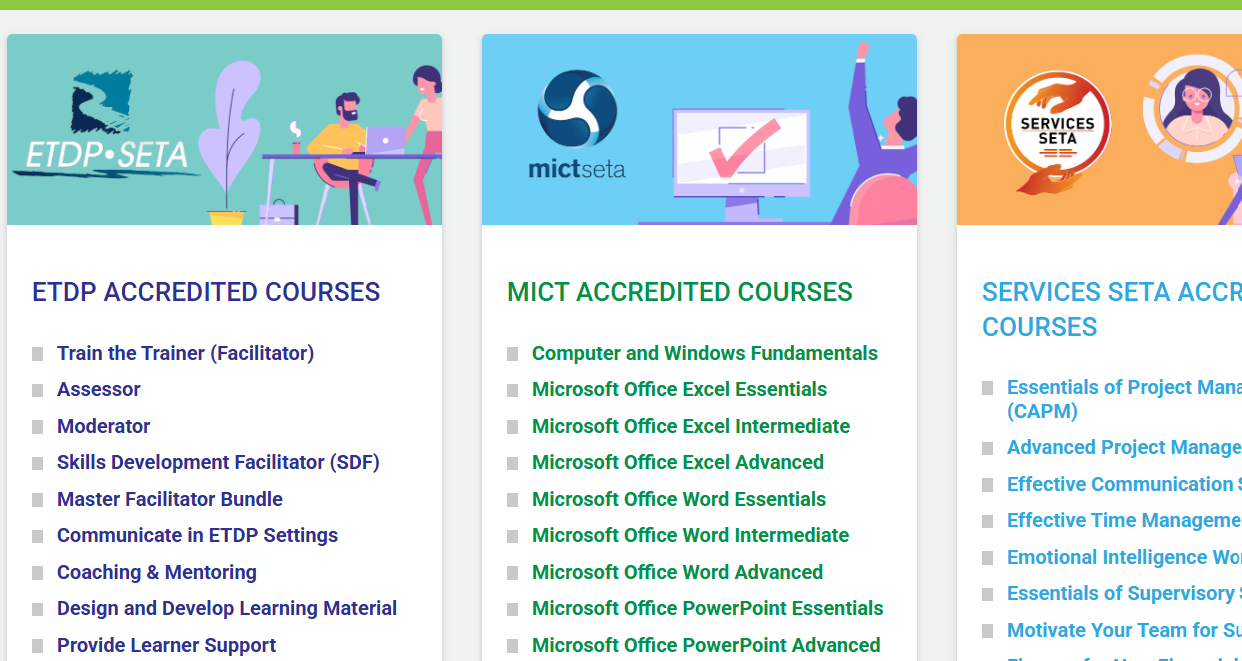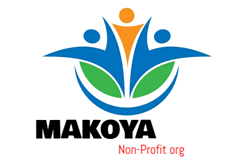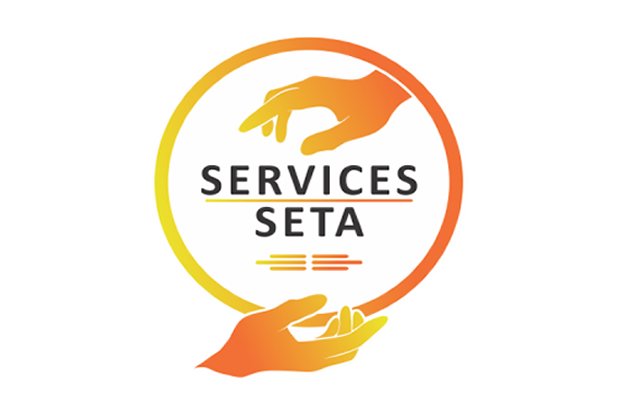
South Africa’s job market craves skilled workers. Over 8 million people hunt for jobs, but many lack the right training. SETA accredited courses fix that gap. They boost your chances to land a solid role.
These courses come from Sector Education and Training Authorities, or SETAs. They match skills to what industries need. Think of them as bridges between classrooms and real work.
Stick with us. You’ll learn what these programs offer. We’ll cover benefits, top picks by field, and steps to sign up. Get ready to step up your career.
What Are SETA Accredited Courses?
SETA accredited courses meet strict standards set by South Africa’s government. They stem from the Skills Development Act of 1998. This law aims to build a workforce that fits national goals. Accreditation means providers follow rules for quality training.
These programs align with the National Qualifications Framework, or NQF. That keeps skills current and recognized nationwide. You gain credentials employers trust.
Understanding the SETA Framework
South Africa has 21 SETAs. Each one covers a key industry. For example, Services SETA handles business and tourism jobs. Energy SETA focuses on power and mining fields.
SETAs report to the Department of Higher Education and Training. They work under the NQF to set training standards. This setup ensures courses build skills that last.
Pick the right SETA for your field. Check their website for course lists. That saves time and points you to fits like IT or construction training.
The Accreditation Process for Training Providers
Providers apply to a SETA or the Quality Council for Trades and Occupations. They submit plans for curriculum and facilities. Auditors check if everything meets safety and quality rules.
Once approved, providers renew every few years. This keeps standards high. For instance, the Construction Education and Training Authority, or CETA, accredits builders. They stress safety training to cut accidents on sites.
Useful Links:
The process takes months. But it guarantees solid programs. You avoid weak training that wastes your time.
Differences Between SETA and Non-Accredited Courses
SETA courses shine with employer recognition. They open doors to learnerships and funds. Non-accredited ones often miss that backing. Skills from them might not transfer between jobs.
Accredited paths follow NQF levels. That makes qualifications portable across provinces. Unaccredited programs can feel outdated fast.
Check accreditation on the SETA site before you join. Search for your course code. It confirms the provider is legit and saves you regrets.
Benefits of Enrolling in SETA Accredited Courses
SETA programs pack real value. They turn learning into career wins. From better pay to steady growth, the gains add up quick.
You get skills that match market needs. Plus, they help with Broad-Based Black Economic Empowerment, or B-BBEE. Businesses love that for their scorecards.
Let’s break it down. See how these courses lift your path.
Enhanced Employability and Career Opportunities
Employers favor SETA grads. They know the training builds proven skills. This edges out others in interviews.
Take the Wholesale and Retail SETA, or W&RSETA. Its programs place folks in stores like Shoprite. Many start as clerks and climb to managers.
Accredited badges signal readiness. You stand out in a tough market. Why settle for less when quality opens doors?
Access to Funding and Learnerships
Money shouldn’t block your growth. SETAs offer bursaries and subsidies. Employers get tax breaks for sponsoring you.
Learnerships mix class with work pay. You earn a stipend while you learn. Apply via the National Learner Records Database, or NLRD.
Search for openings on SETA portals. Deadlines come fast, so act soon. This path cuts costs and builds experience.
Quality Assurance and Skill Relevance
Accreditation locks in top standards. The South African Qualifications Authority, or SAQA, oversees it all. Courses stay tied to job demands.
No more outdated lessons. You learn tools that work now. This cuts the risk of skills going stale.
Think of it like a quality stamp. It promises value for your effort. Employers spot that edge right away.
Popular SETA Accredited Courses by Sector
SETA options span many fields. You can find fits for tech, trades, or health. Each sector tailors programs to hot jobs.
Demand grows in digital and green areas. Pick one that sparks your interest. Let’s look at standouts.
These picks draw from real needs. They include long-tail searches like SETA accredited IT courses or healthcare training South Africa.
Business and Management Courses
Services SETA leads here. Try project management certificates. Or dive into entrepreneurship basics.
These often hit NQF Level 5. That’s great for mid roles. Modules cover planning and team leads.
Go for practical parts like business plans. They prep you for real tasks. Many grads launch their own shops.
Technical and Trade Skills
Construction SETA and merSETA shine in trades. Learn plumbing or electrical basics. Welding programs build steady hands.
merSETA’s artisan tracks upskill auto workers. Thousands fix cars better now. Safety modules keep you sharp on sites.
These courses demand hands-on time. You leave with tools for the field. Demand stays high for certified pros.
Healthcare and Education Programs
Health and Social Development SETA offers nursing aide training. Early childhood courses teach kid care skills.
Pair them with job stints. That speeds up your cert. Grads fill roles in clinics and schools.
South Africa’s health push needs more like you. These programs meet that call. Start small and grow your impact.
IT and Digital Skills Training
ITSETA runs coding bootcamps. Cybersecurity certs guard against hacks. With digital jobs booming, these fit right in.
South Africa’s online economy expands fast. You learn web dev or data basics. It’s key for remote work.
Short courses pack punch. Finish in months and apply skills quick. Employers hunt for these talents.
How to Choose and Enroll in a SETA Accredited Course
Picking the right course feels big. But steps make it simple. Match it to your aims for best results.
Weigh costs and time. Then verify options. You’ll soon be on track.
This guide clears hurdles. Follow it to start strong.
Assessing Your Career Goals and Course Fit
Know what you want first. Aim for promotions? Seek upskill programs. New field? Look at entry levels.
Read SETA skills reports. They list hot qualifications. Like ITSETA’s digital picks for tech shifts.
Ask yourself: Does this build my path? Test fits with free webinars. It sharpens your choice.
Finding Accredited Providers and Verifying Credentials
Use SAQA’s database. Or hit SETA sites for lists. Search “accredited providers near me.”
MICT SETA shares film course spots. Check reviews and locations. Pick ones with good reps.
Call them for details. Confirm NQF levels match your needs. This step avoids fakes.
Enrollment Steps and Application Tips
Start with an application form. Add your ID and past quals. Some need interviews.
Build a portfolio of work samples. It boosts learnership chances. Submit early for spots.
Track your app status online. Prep questions for chats. You got this—enroll and grow.
Conclusion
SETA accredited courses change lives. They deliver quality training that sticks. You gain skills for lasting careers.
Key points: Accreditation ensures top relevance. Check sectors for your fit. Verify providers and grab funds early.
Take action now. Reach out to your local SETA. Get advice tailored to you. Your future waits—start today.




